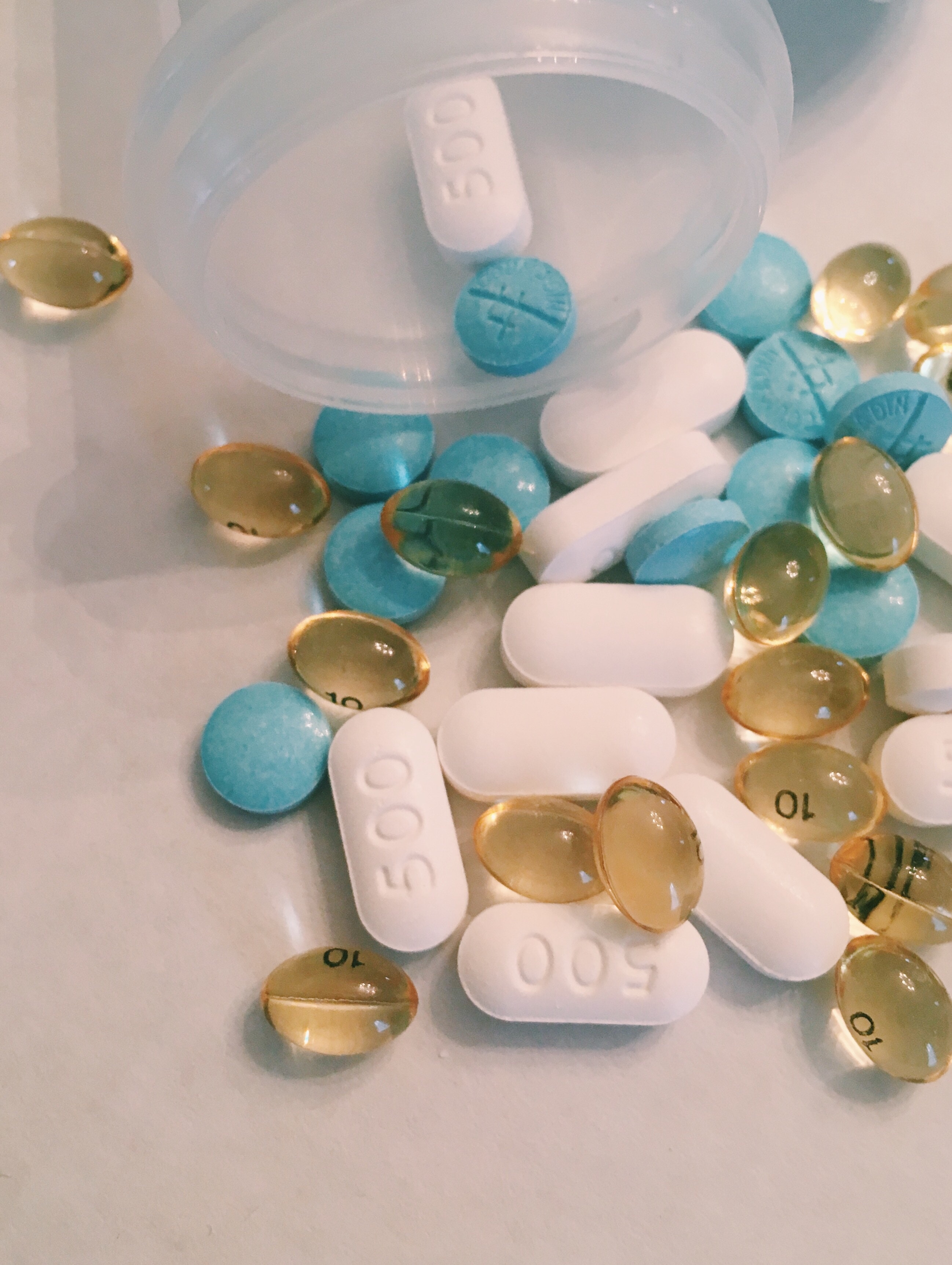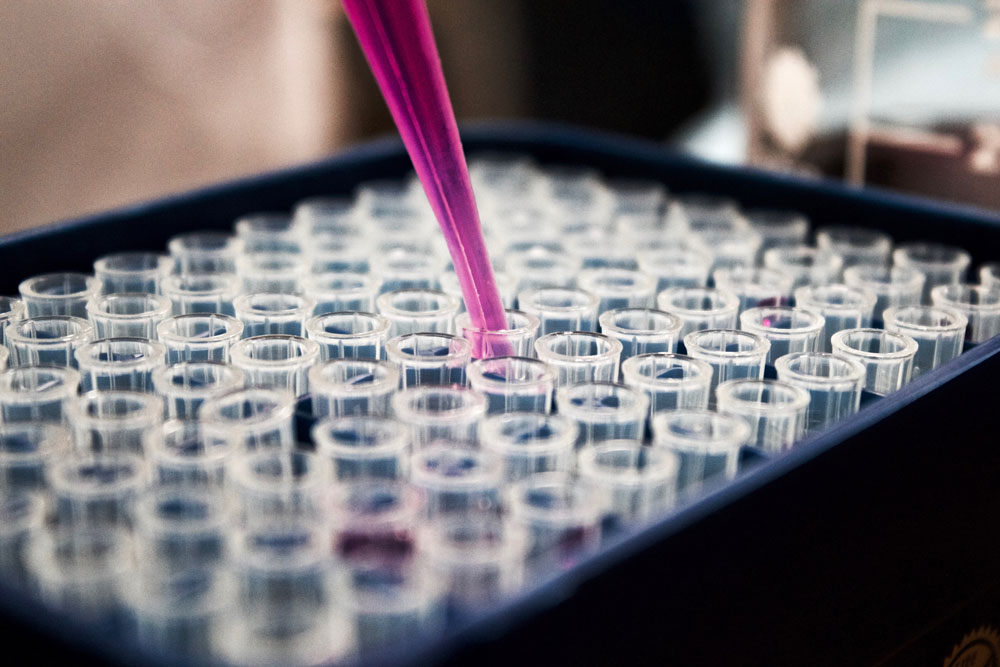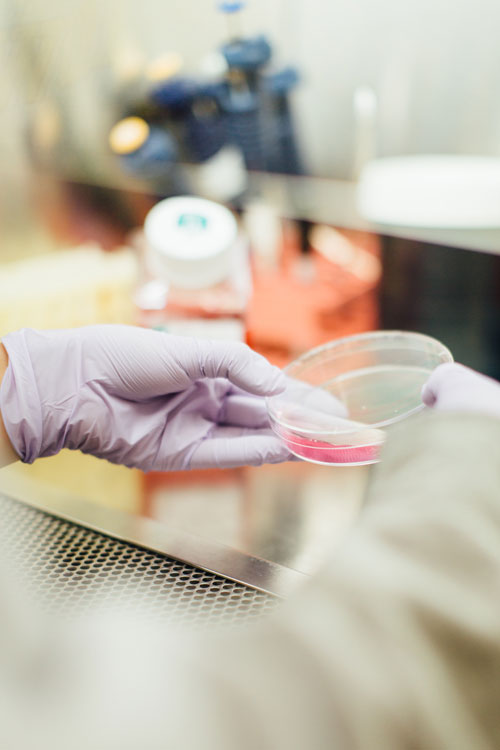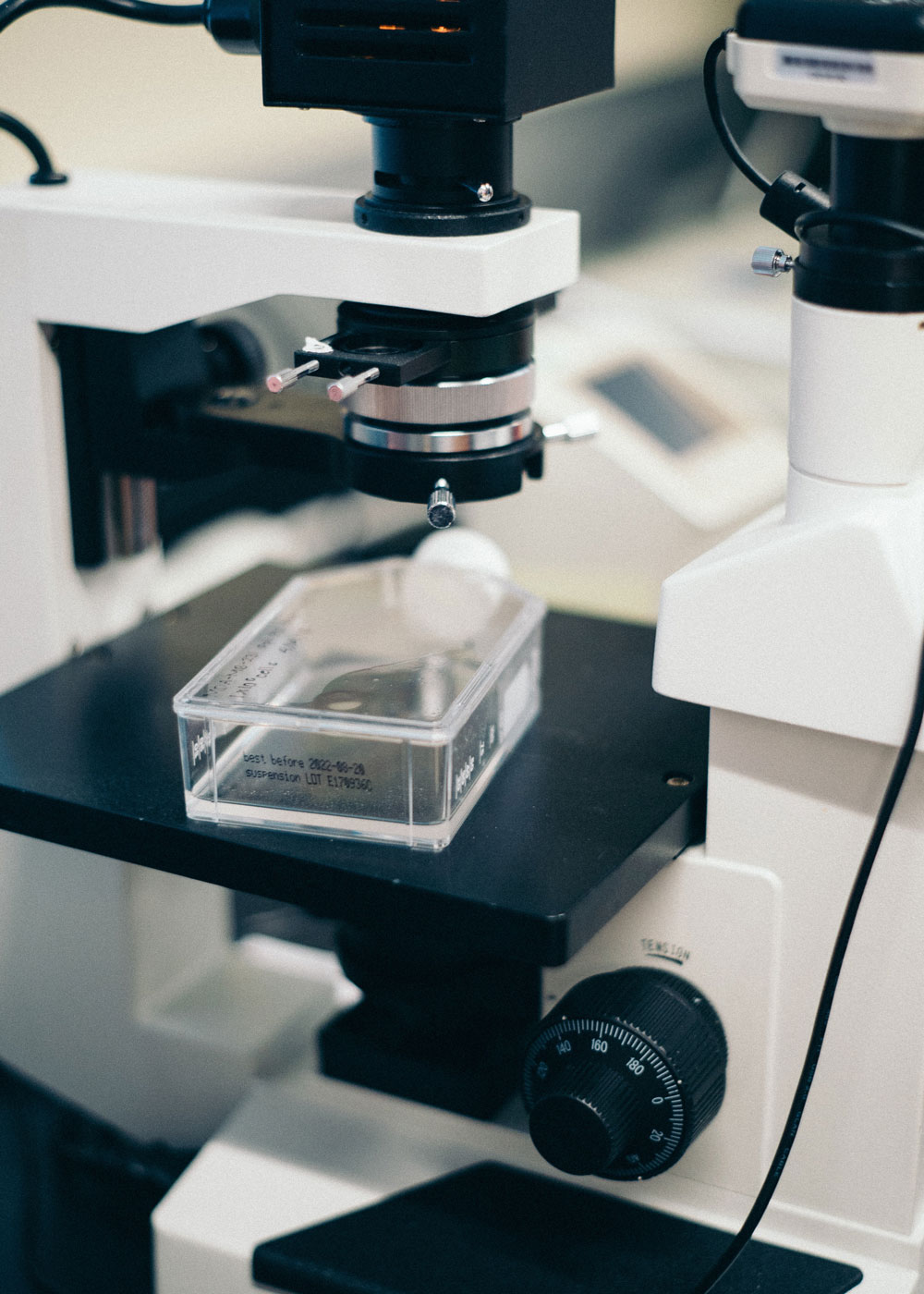Medication
In most cases of myositis, different types of medication are available to help ease symptoms.


Medication for polymyositis and dermatomyositis
Polymyositis (PM) and dermatomyositis (DM) are treated in the same way. Once the disease has been diagnosed, most respond well to steroids. Doctors will prescribe a high dose of steroids to start with, which can either be given as tablets or liquid (for children), injection, or infusion (though a drip). This should help to reduce the inflammation of the muscles quickly and ease any pain.
Gradually the steroid dosage is lowered. Sometimes when this happens, the inflammation of the muscles can flare up. To help reduce the inflammation, immunosuppressive medication may be prescribed such as a disease-modifying anti-rheumatic drug (DMARDs). DMARDS tend to be started at the time of diagnosis, along with steroids, but take several week to take affect. Methotrexate, azathioprine and ciclosporin are common examples of DMARDs which may be prescribed. These drugs are monitored closely, with regular blood tests to monitor their effect and progress.
Some people on high doses of steroids experience side effects. If this happens, your doctor will reduce your dosage and may give additional supplements to help prevent osteoporosis, such as vitamin D tablets.
If your condition does not improve, you may be treated with biological therapies like infliximab and rituximab or other medications such as cyclophosphamide. These therapies tend to be reserved for those with more severe disease or those resistant to first line treatments. They work by blocking the process of inflammation.
If steroids aren’t improving your condition, this might be a sign you have inclusion body myositis (IBM) instead of PM or DM as IBM does not respond to steroids. You may need further tests to check for IBM.
Infusions of immunoglobulin
Most people won’t need this treatment but infusions of immunoglobulin can be given to stop your immune system from attacking your muscles. It’s done by collecting antibodies from blood donations given by healthy people.
Sunblock
UV light can make the skin and disease worse. High factor sunblock (at least SPF 30) with a high star rating is recommended in addition to sun avoidance. Vitamin D supplements may be advisable, especially during winter months.

Medication for juvenile dermatomyositis
In the case of juvenile dermatomyositis (JDM), the treatment is the same as that for PM and DM, except dosages tend to be calculated based on body weight. In children the steroid treatment has to be carefully tailored as to the child’s needs, as too little treatment might not adequately suppress the condition.
In order to minimise side effects related to steroids, children will also be treated with a DMARD at onset of their disease. Since DMARDs take time to work, steroids are used in combination with other medications until the disease is under control. Once a child has had not symptoms of disease for at least 1-2 after steroids are stopped, it may be possible for them to stop the DMARD that they are taking. However, some children may experience a flare of their disease and need to re-start.
Some children may develop painful calcium deposits in damaged muscles, also known as calcinosis. These deposits, combined with immobility, can sometimes result in the joints becoming permanently bent. Early prognosis and treatment of calcium deposits is essential – the longer a child has one, the more difficult it becomes to treat. While there is no approved cure, doctors have found some success with treatments like bisphosphonates or diltiazem.
Sunblock
UV light can make the skin and disease worse. High factor sunblock (at least SPF 30) with a high star rating is recommended in addition to sun avoidance. Vitamin D supplements may be advisable, especially during winter months.

Medication for inclusion body myositis
Unlike PM and DM, inclusion body myositis (IBM) does not respond to steroids. There is currently no proven treatment for IBM.
The presence of inflammatory cells in some biopsies led to suggestions that steroids, and other drugs that suppress the immune system, might be beneficial in this condition. This immunosuppressant treatment is controversial. Some neurologists are of the opinion that these drugs can give short-term improvement and possibly long-term benefit in slowing the rate of progression, although all agree that these drugs will not prevent muscles from continuing to weaken in the long-term. Other experts argue that any benefits are transient and are outweighed by long-term side effects from the drugs.
Recent trials have studied intravenous infusions of human immunoglobulin (IVIG) in IBM. Results have been contradictory, but provide no firm evidence of enduring benefit. Further trials continue, but currently the costs and side effects do not justify routine treatment of IBM patients with IVIG.
Further research into the cause of the disease will hopefully allow a rational basis to develop effective therapies.
People with IBM may find exercise, physiotherapy and occupational therapy helpful for coping with their condition. Find out more about other treatments and therapies.

Future treatments
Although myositis can be treated with existing treatments and therapies, these are limited and the response rates can vary. New treatments are clearly needed.
Clinical trials for myositis have been limited because the disease is so rare, and because there are still a lot of scientific mysteries underlying myositis.
Myositis UK is a small charity but we are funding research projects to help improve the diagnosis and treatment of myositis.

